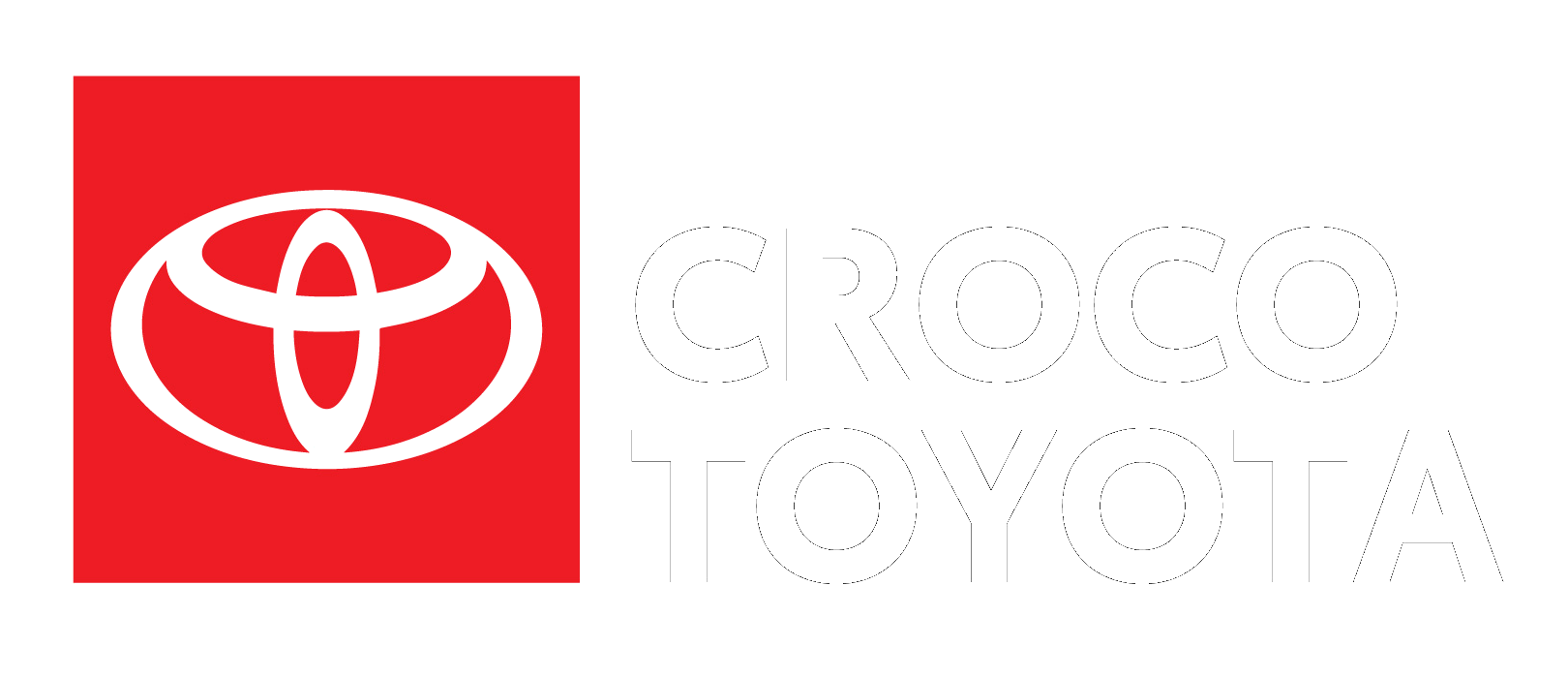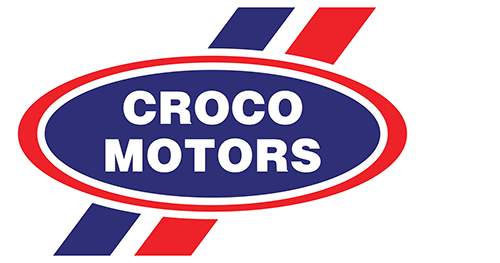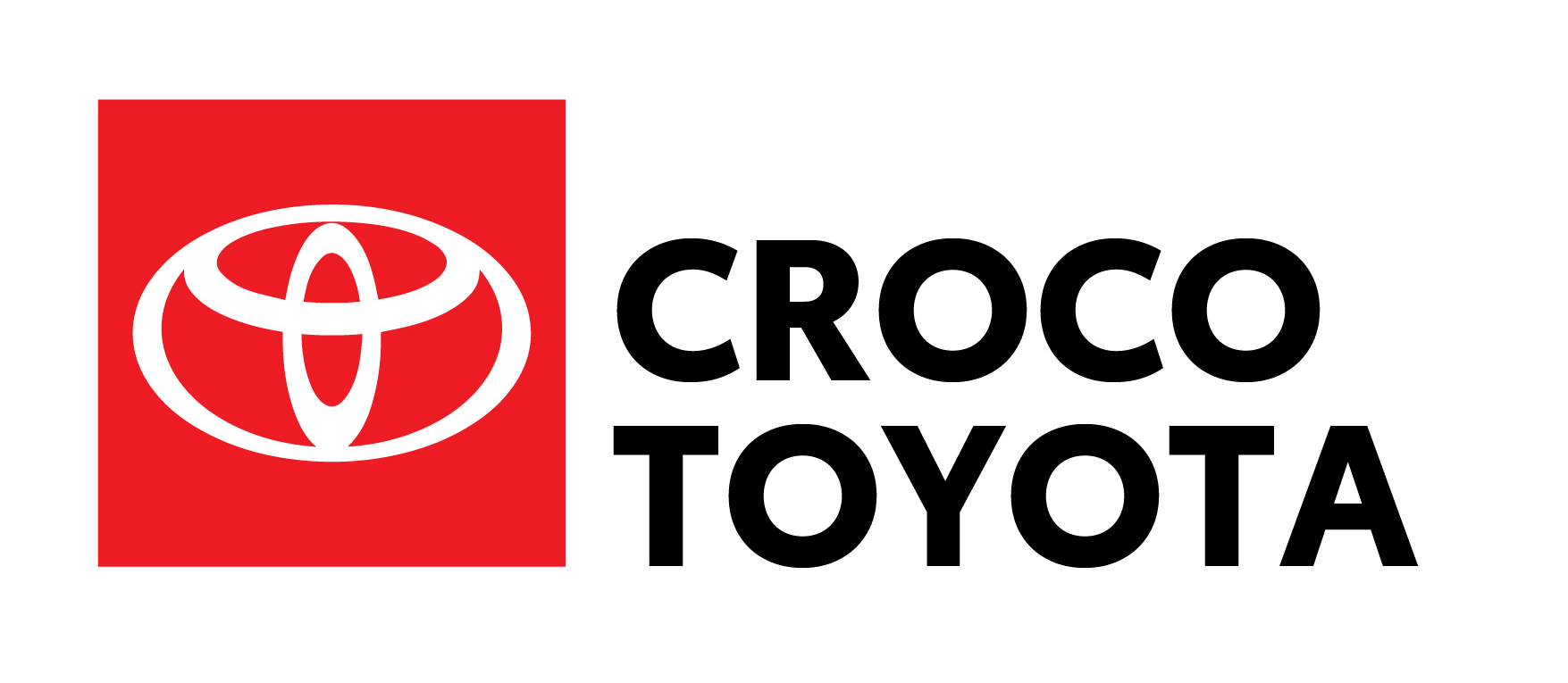FROM 1ST GENERATION TO 8TH GENERATION, THIS IS THE HILUX STORY.
Five decades and eight generations later, the now iconic Hilux (derived from the words ‘high’ and ‘luxury’) is still known for its legendary toughness and remains that bakkie we know we can count on. ‘When I met one owner who uses the Hilux for commercial purposes, I was struck by his statement [when he said], “The Hilux is an important partner to me,” giving the body of the vehicle a pat as if he were standing alongside a colleague,’ says Hiroki Nakajima, Chief Engineer of the eighth-generation Hilux.
This is how Zimbabwe’s favourite bakkie has evolved…
1ST GENERATION (1968–1972)
The Hilux debuted in March 1968 as a new bonnet-type truck. The engine was a 1.5-litre 70 PS unit (2R) and had a 4-speed manual transmission with a column shifter. In February 1971 the engine was upgraded to a 1.6-litre version. This introductory rear-wheel drive (RWD) model had a passenger capacity of three
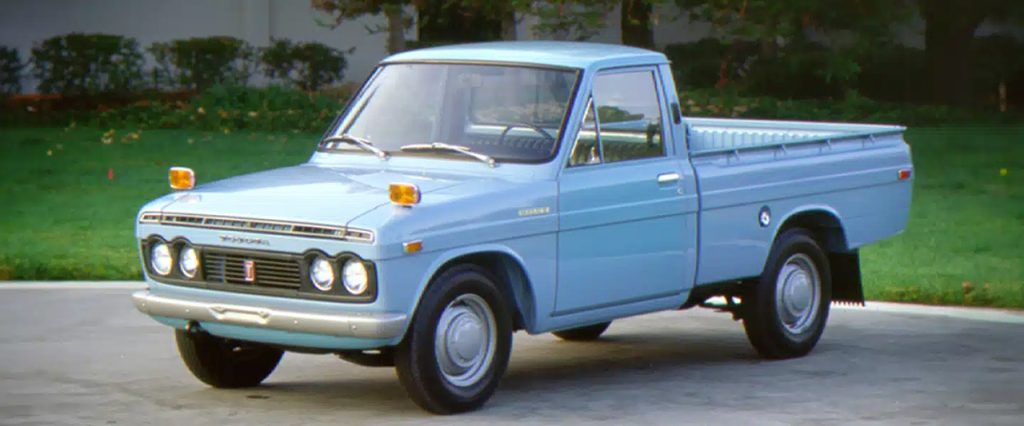
2ND GENERATION (1972–1978)
The second-generation Hilux launched in May 1972. Both the long and short wheelbase versions succeeded the predecessors’ mechanical components, although they extended the wheelbase by 10mm and 45mm, respectively. The standard model was equipped with the existing 1.6-litre engine, while the Highway model was fitted with a 2.0-litre 105 hp engine for smoother driving on highways.
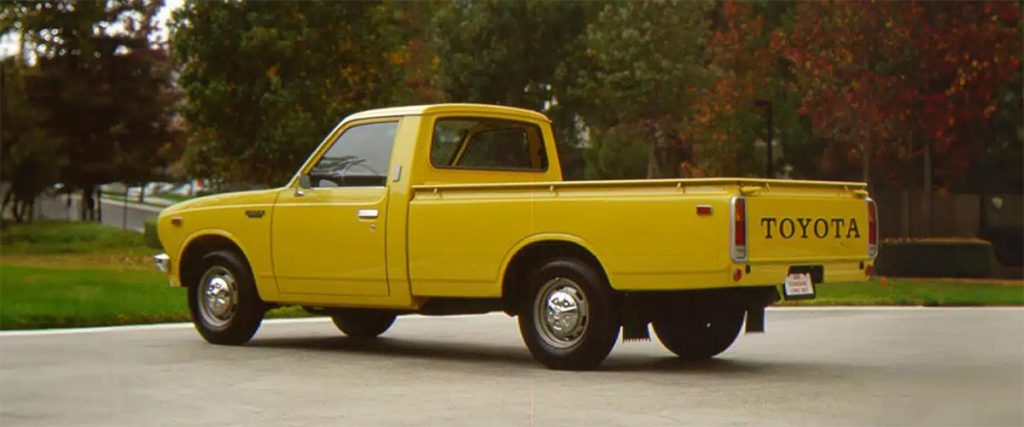
3RD GENERATION (1978–1983)
The third-generation Hilux went on sale in September 1978. Its model offered sedan-like specifications and equipment as well as ride comfort. The variations included three standard-length models and four long-body models. The new top-end Super Deluxe model came with an extended cab that was 90mm longer than a standard cab, enlarging the interior space. A four-wheel drive (4WD) variant was introduced in 1979, and for the first time, the Hilux was available in both RWD and 4WD formats.

4TH GENERATION (1983–1988)
November 1983 saw the release of the fourth-generation Hilux. The RWD models included the Comfortable series and the Popular series; the former was the fourth-generation model with renewed interior and exterior design, while the latter was the third-generation model that had remained in production. All 4WD models came with a new body. The external appearance of the fourth-generation models was characterised by their blister fenders in the front and rear.
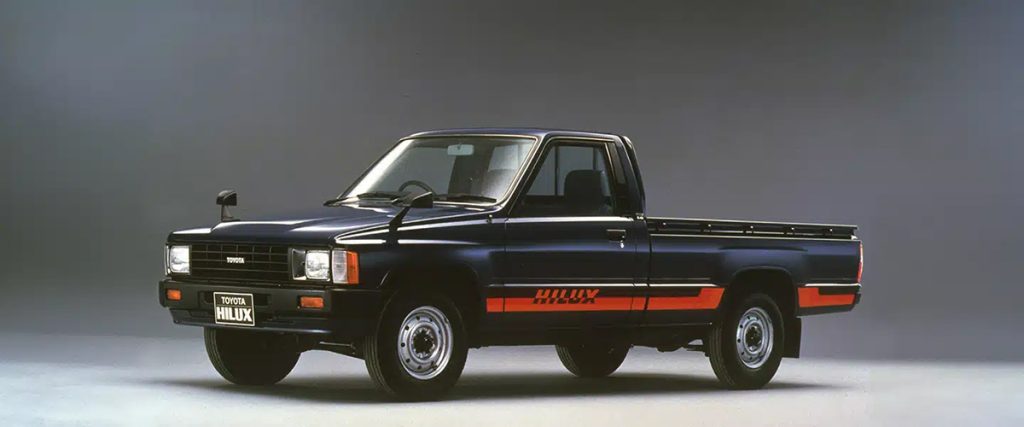
5TH GENERATION (1988–1997)
The fifth-generation Hilux that came out in September 1988 represented the three basic concepts of power, sturdiness and comfort. To enhance its functionality as a multi-purpose vehicle (known as an RV or recreational+ vehicle in Japan at the time), the interior equipment was further upgraded. The design of the dashboard and other interior equipment became even more sedan-like than before.

6TH GENERATION (1997–2004)
The sixth-generation Hilux that was introduced in September 1997 consisted of a business-use truck line and a personal-use sports pickup line. The latter came with equipment and devices suitable for a multi-purpose vehicle, featuring extended cabin height and length as well as improved quietness. The extra cab model, introduced in November of the same year, was an open-deck multi-purpose vehicle featuring a long cargo bed with two auxiliary seats to the rear of the cabin.
7TH GENERATION (2004–2015)
The seventh-generation Hilux was launched in August 2004 as a new pickup truck and went on sale in more than 140 countries. Inheriting its rugged styling from the sixth-generation model, it offered 21st-century customers the high levels of durability and comfort they were looking for, with lots of interior space, improved comfort, and both the ride comfort of a passenger vehicle and the convenience of an SUV. As part of the Innovative International Multi-purpose Vehicle (IMV) project, Toyota developed five new models on a single platform: three pickup truck models (Hilux), one minivan model (Innova) and one sports utility vehicle model (Fortuner). This seventh-generation Hilux was the first to not be produced in Japan, with most of the vehicles being produced in Thailand, South Africa and Argentina.
8TH GENERATION (2015 – PRESENT)
The development teams travelled the globe, getting direct feedback from customers and driving on a wide variety of different roads to get a feel for different usage conditions before releasing the eighth-generation Hilux in May 2015 (in 2016 in SA). The entire development concept for the eighth-generation Hilux was centred on ‘redefining toughness’, with the aim of making the new Hilux ‘tougher’ based on a much broader interpretation of that word. The eighth-generation Hilux design was not only tougher, but also reduced stress as much as possible. It boasted ride comfort that made long, tough drives less gruelling, a quiet cabin that allowed communication in any condition and enhanced cruising range, thanks to improved fuel efficiency. This model has been treated to a variety of tweaks. In the latter part of 2020, the Hilux underwent a significant model update and the SRX grade of old made way for the reimagined Raider nameplate. In 2022 Hilux GR-Sport (also known as GR-S) launched (the second GR iteration, following the debut model introduced in 2019), featuring a host of features to differentiate it from its stablemates and position the Hilux GR-S as the hero model of the range. More recently, the Hilux Raider X Limited Edition was revealed, taking everything we love about the Hilux and dialling it up to the max.
